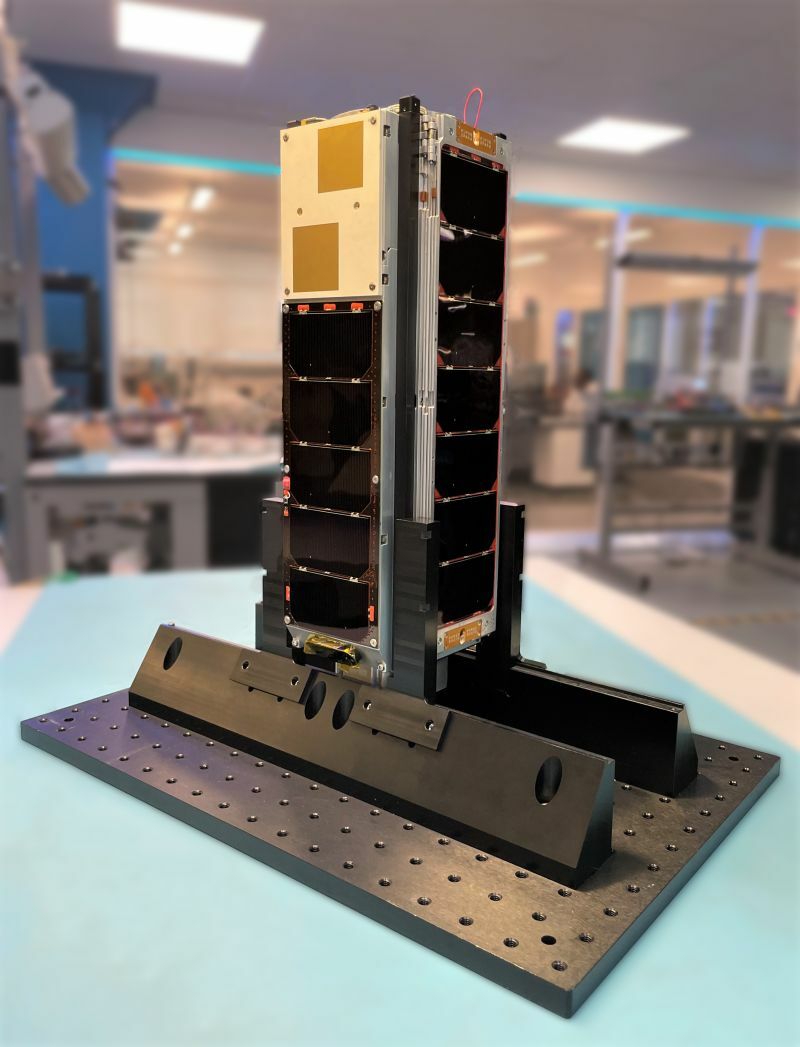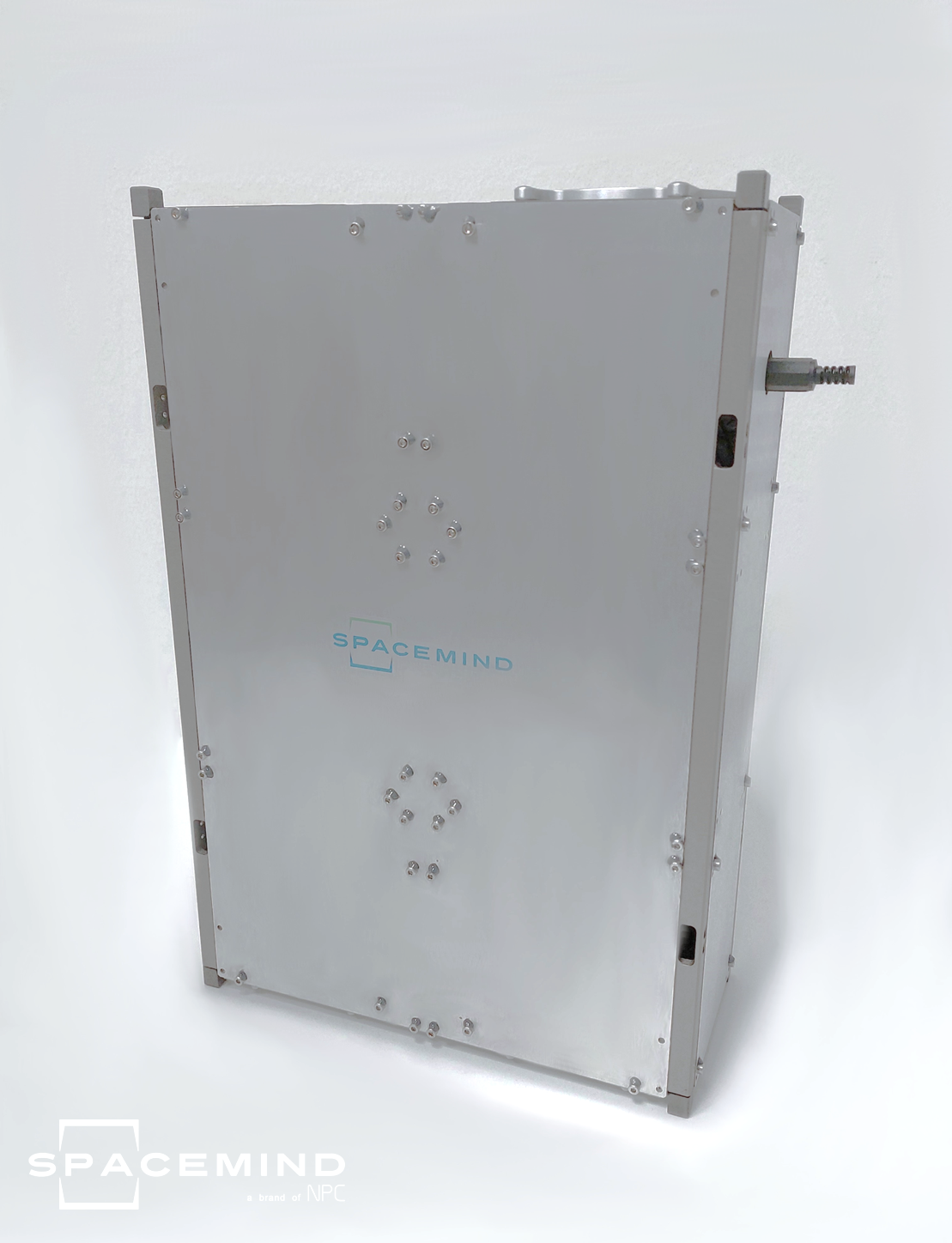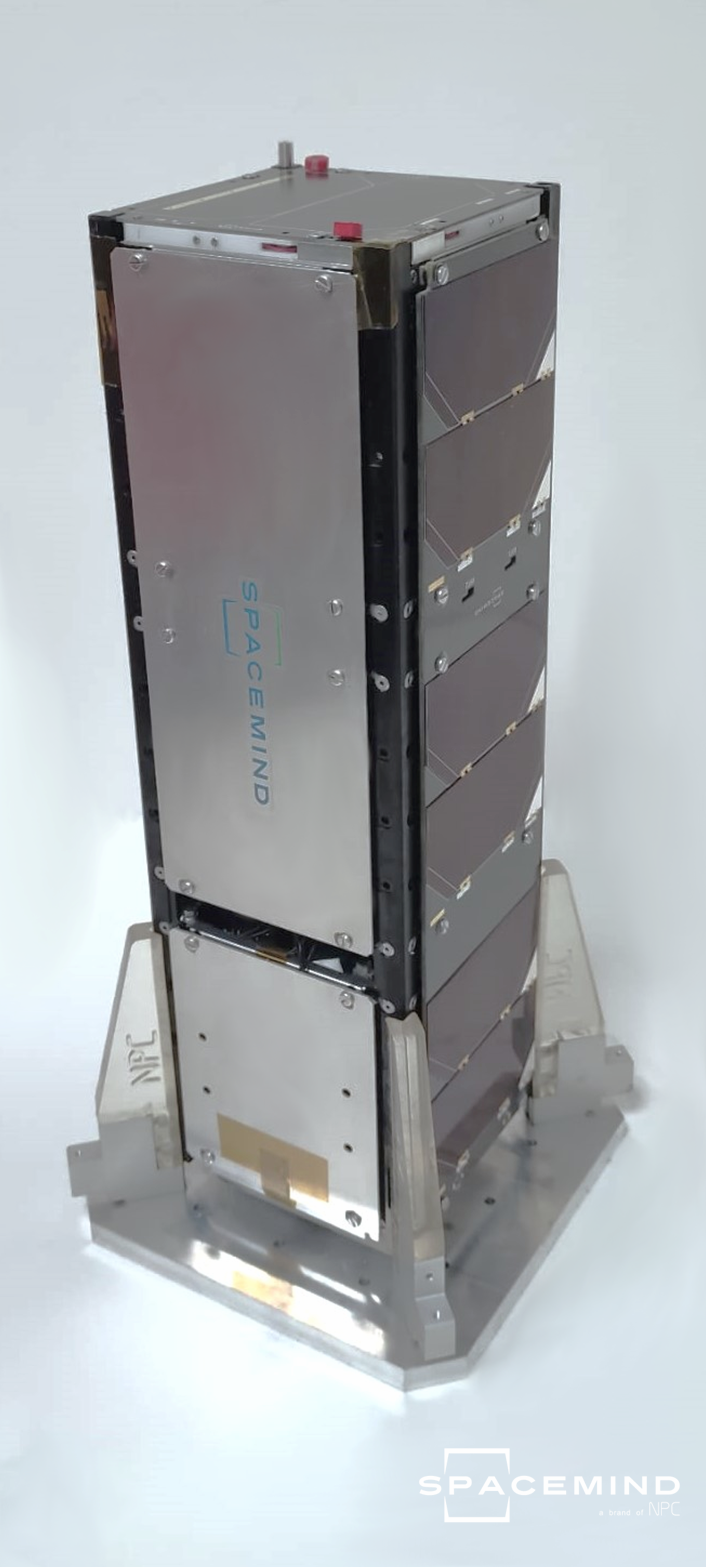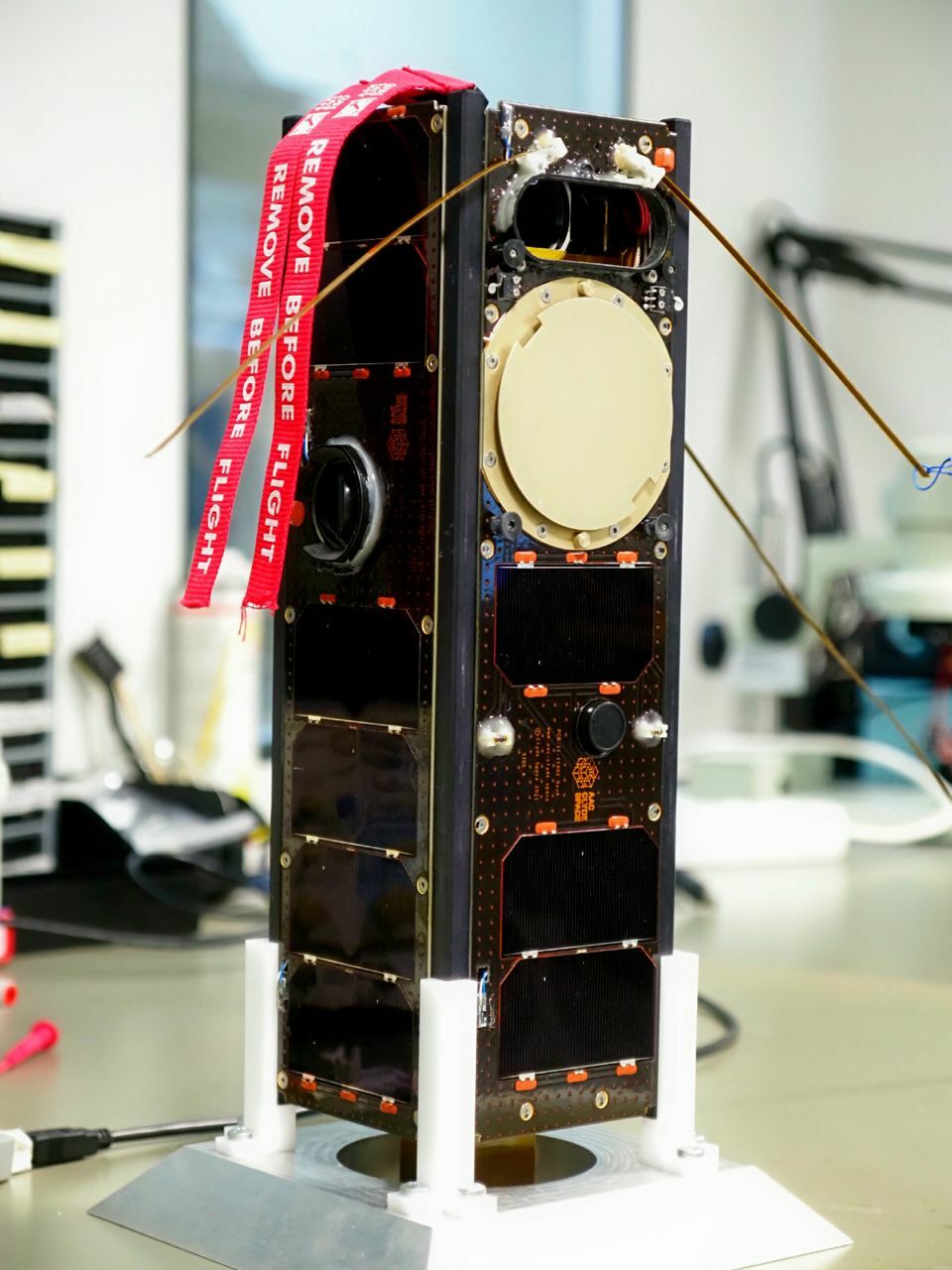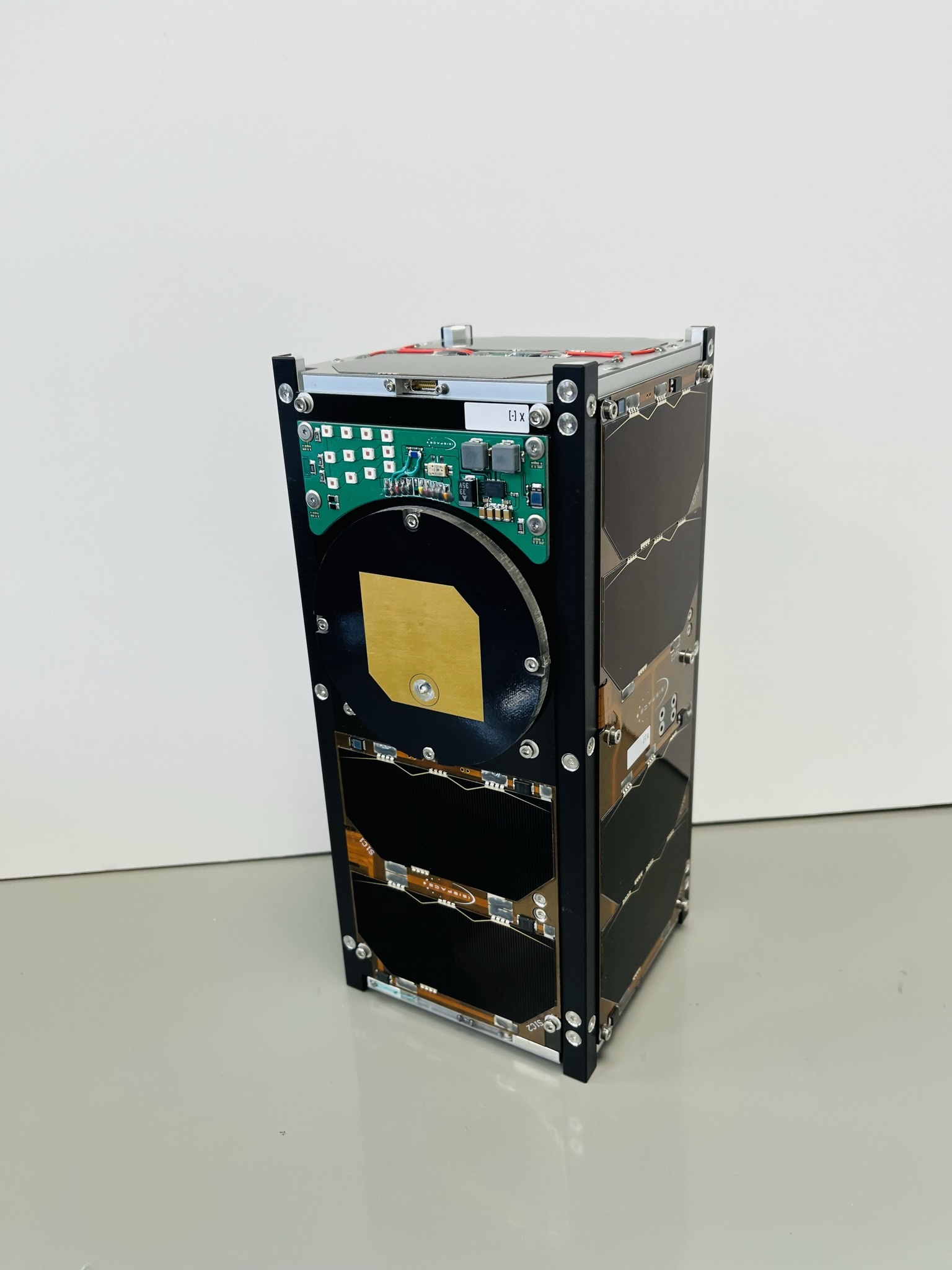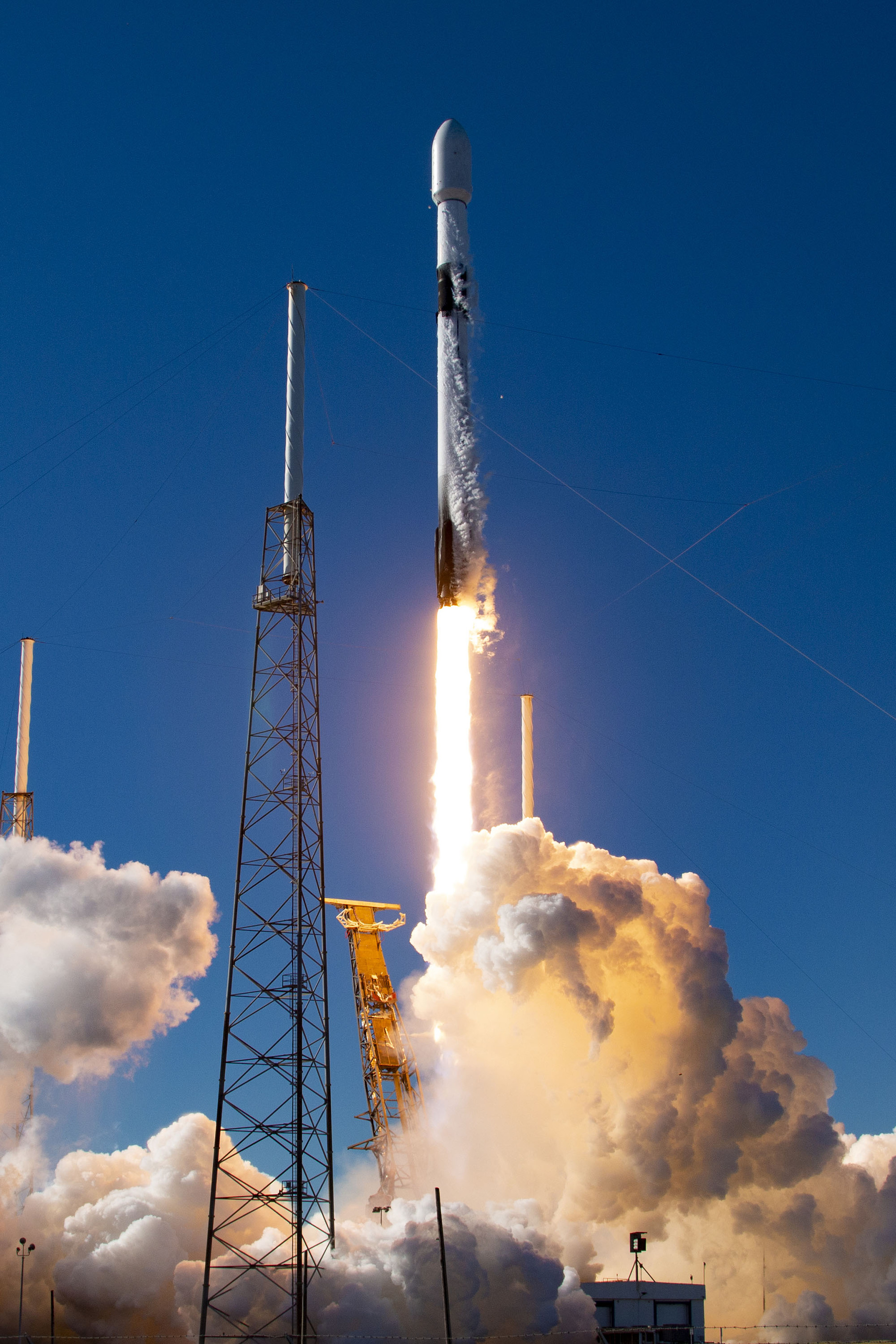Roadmap
PHASE 1 - COMMISSIONING
As soon as ION SCV007 Glorious Gratia and SCV008 Fierce Franciscus reach orbit, our spacecraft operations engineers establish a bidirectional communication channel. We then start the launch and early orbit phase (LEOP), neutralizing the rotation imparted by the launch vehicle during separation, correcting the attitude, testing the satellites' subsystems, and preparing for the next phases.
PHASE 2 - COMMERCIAL PHASE, ORBITAL TRANSPORTATION AND HOSTED PAYLOAD DEMONSTRATION
Once concluded the commissioning phase, ION SCV007 Glorious Gratia and ION SCV008 Fierce Franciscus will start the commercial phase of the mission, which will consist in the deployment of the hosted satellites and the in-orbit demonstration of third-party payloads hosted onboard.
Throughout the mission, ION SCV007 and SCV008 will deploy a total of nine satellites from NPC Spacemind, Astrocast, Sharjah Academy for Astronomy, Space Sciences and the Tel Aviv University (both onboard through a contract with ISIS Space), and AAC Clyde Space (for Orbcomm) and perform the in-orbit demonstration of four hosted payloads: DRAGO-2, a compact SWIR camera developed by Instituto de Astrofisica de Canarias for Earth observation from space; Genergo-2, a new type of space propulsion system developed by Genergo; Cryptosat-2, the enhanced version of a prototype nanosatellite developed by Cryptosat for secure cryptographic applications; and a hosted payload from an undisclosed customer.
In order to release the satellites into the precise operational orbital slots required by customers, both ION 007 and ION 008 will perform a series of complex orbital maneuvers.
PHASE 3 - DECOMMISSIONING
At the end of the mission, the platforms join the fleet of IONs already in orbit. At the end of their life, the spacecraft are decommissioned in compliance with the Space Debris Mitigation guidelines. The pressure vessels are depleted from leftover fuel and oxidizer, the battery charging system is deactivated, and the batteries are completely discharged. The spacecraft, now inert, enter a decommissioning trajectory that will bring them to burn up upon atmospheric re-entry within a few years.
Other missions
We Need More Space, November 2025

Ride With Me, November 2025

Skytrail, June 2025

Space Bound, June 2025

Wish Upon a Star, March 2025

Endless Sky, January 2025

Ascend, January 2025

Celestial Bliss, August 2024

Beyond, December 2023

Cosmic Wander, November 2023

Above the Sky, June 2023

Guardian, April 2023

Starfield, January 2023

Infinite Blue, May 2022

Spacelust, April 2022

Dashing Through The Stars, January 2022

Wild Ride, June 2021

Pulse, January 2021

Origin, September 2020


